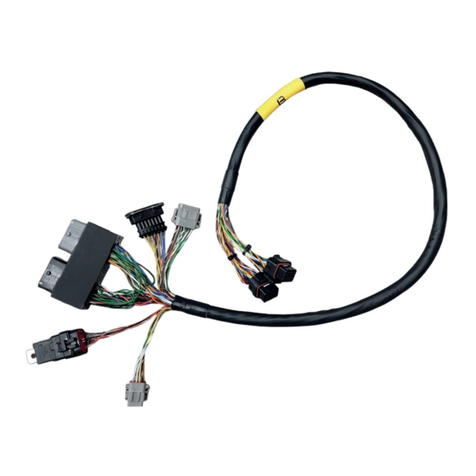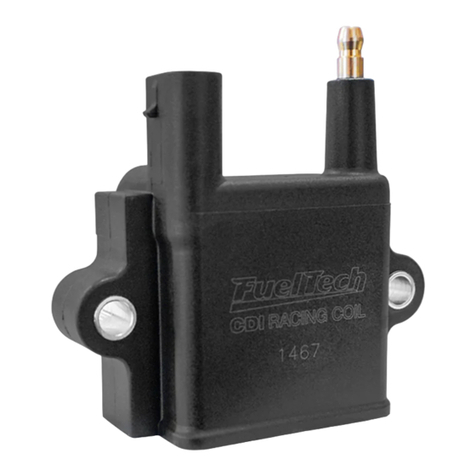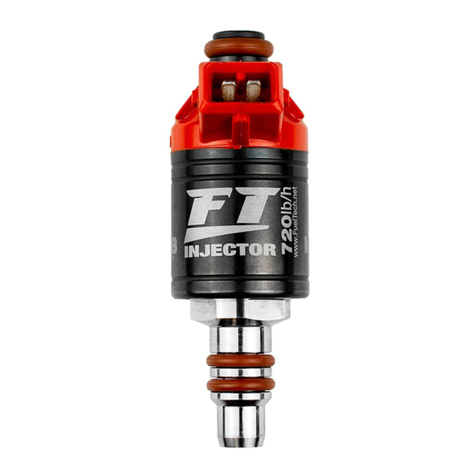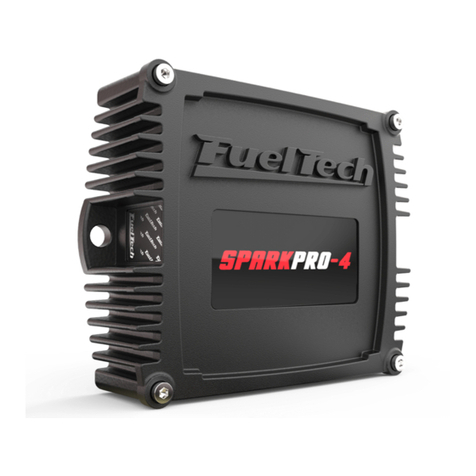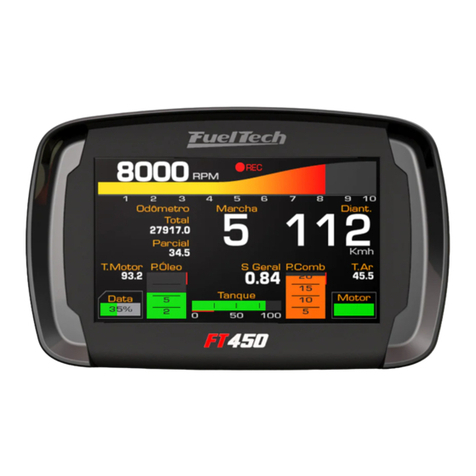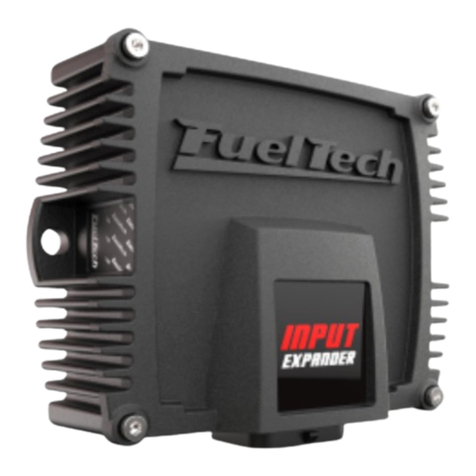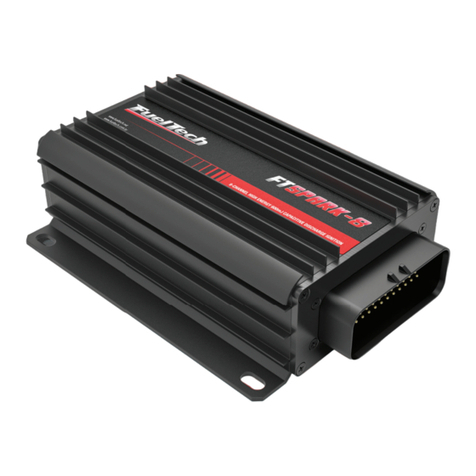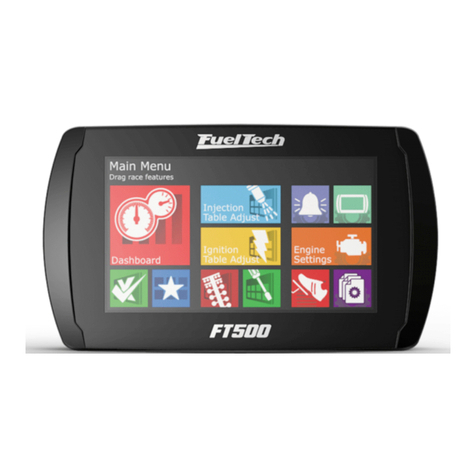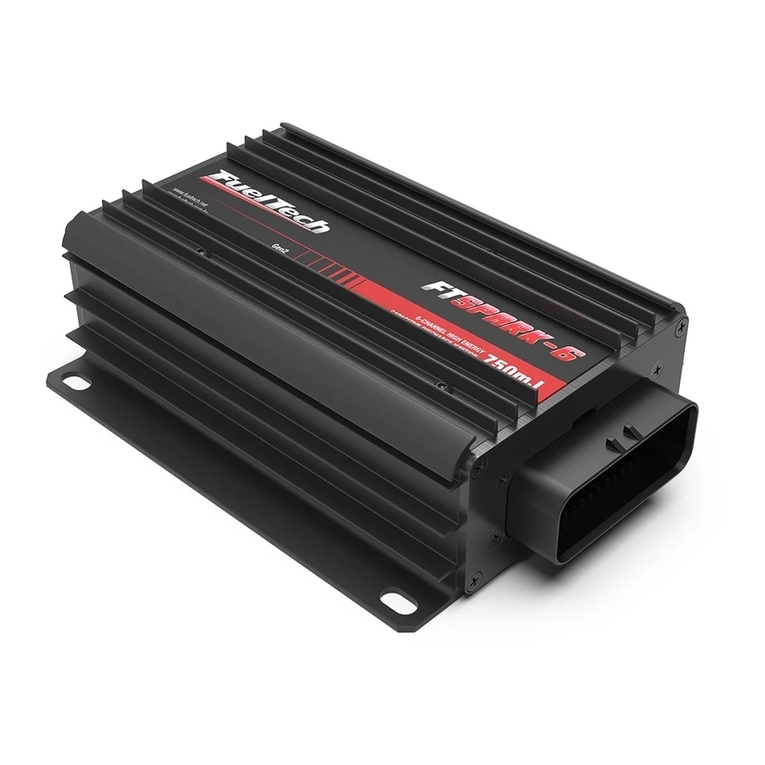
2
Index
1. Presentation ................................................................................... 3
2. Warnings and warranty terms ............................................................ 4
3. Characteristics ................................................................................ 5
3.1 Package contents...................................................................... 5
4. NanoPRO electrical installation........................................................... 6
4.1 Adapter harnesses..................................................................... 7
4.2 Replacement of Bosch LSU sensor connector 4.2 for 4.9............... 7
4.3 Replacement of Bosch LSU sensor connector 4.2 for 5.2............... 8
4.4 Replacement of Bosch LSU sensor connector 4.2 for NTK.............. 9
5. Wide band O2 sensor .................................................................... 10
5.1 Bosch LSU 4.2 O2 sensor ....................................................... 10
5.2 Bosch LSU 4.9 O2 sensor ....................................................... 10
5.3 Bosch LSU 5.2 O2 sensor ....................................................... 10
5.4 NTK O2 sensor ....................................................................... 10
5.5 O2 sensor installation............................................................... 11
5.6 O2 sensor for use in Diesel powered vehicles .............................. 11
6. OBD-II harness installation .............................................................. 12
6.1 Harness identication ............................................................... 12
6.2 OBD-II connector identication .................................................. 12
7. CAN communication ...................................................................... 13
7.1 FTCAN 2.0............................................................................. 13
7.2 FTCAN 1.0............................................................................. 13
8. Conguration through the NanoPRO interface .................................... 14
8.1 Dashboard conguration........................................................... 14
8.2 Display conguration................................................................ 15
8.3 Heating setup ......................................................................... 16
8.4 O2 sensor conguration ........................................................... 16
8.5 Manual .................................................................................. 17
8.6 Language............................................................................... 17
8.7 About .................................................................................... 17
87.8 Settings ............................................................................... 17
9. Conguration via the FTManager interface......................................... 19
9.1 Datalogger channels ................................................................ 20
9.2 NanoPRO software update........................................................ 21
10. Lambda readings analog outputs ..................................................... 22
10.1 Lambda analog output in Volts – 5.14 to 17.6 AFR ................... 22
10.2 Lambda analog output in Volts – 8.7 to 16.2 AFR (default) ......... 22
10.3 Lambda analog output in Volts – 9.6 to 19.1 AFR ..................... 22
10.4 Lambda analog output in Volts – 9.6 to 58.8 AFR ..................... 22
10.5 Lambda analog output in Volts – 9.6 to 146.9 AFR ................... 22
11. Analog output lambda/AFR ............................................................. 22
12. NanoPRO codes ........................................................................... 23
12.1 Informative codes.................................................................. 23
12.2 Error codes .......................................................................... 23
13. Fixing template (in) ........................................................................ 24
